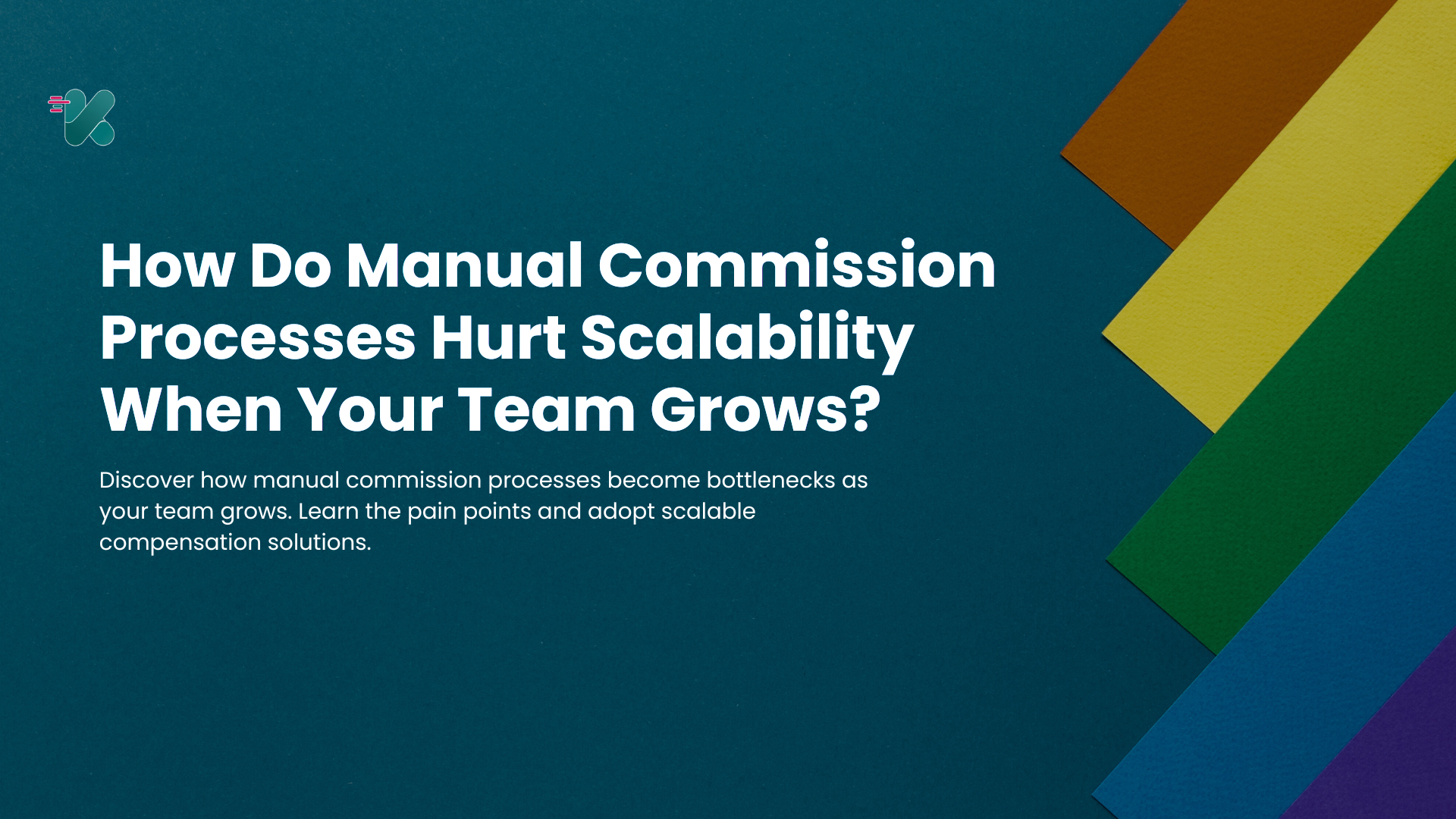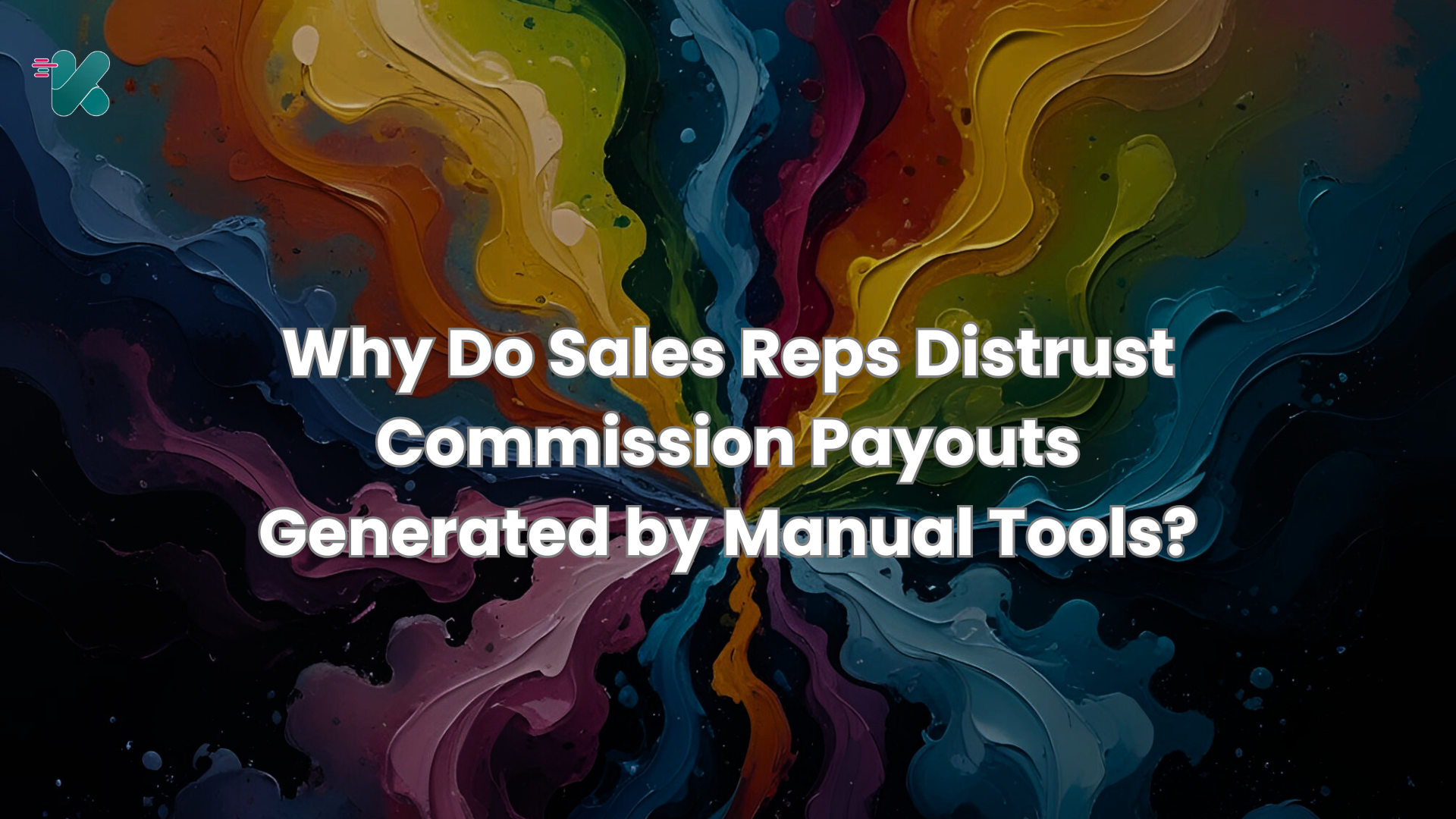.png)
How to Reduce Commission-Related Emails and Support Tickets: 6 Proven Strategies
Reduce commission-related support tickets and emails with our proven strategies. Learn how to improve transparency, enhance communication.
.png)
Why Do Commission Payouts Get Delayed Every Month? 7 Reasons & How to Fix Them
Find out why commission payouts are delayed monthly. Explore 7 key reasons for payout delays and proven strategies to accelerate commission payments.

Why Do Commission Calculations Keep Going Wrong? 8 Common Errors & How to Fix Them
Discover why commission calculations fail and how to fix them. Learn 8 common errors in incentive payouts , best practices for accurate commission management.

How Do Manual Commission Processes Hurt Scalability When Your Team Grows?
Discover how manual commission processes become bottlenecks as your team grows. Learn the pain points and adopt scalable compensation solutions.

Why Do Sales Reps Distrust Commission Payouts Generated by Manual Tools?
Understand why sales reps distrust manual commission payouts. Explore visibility issues, lack of transparency, and how automated tools build confidence

What Kinds of Errors Happen When You Manually Calculate Commissions?
Discover common commission calculation errors in manual processes. Learn about costly mistakes like math errors, data mismatches, and overlooked conditions
.avif)
How Manual Commission Processes Hurt Team Scalability and How to Fix It
Learn how manual commission processes impact team scalability. Explore the challenges of growth and discover automation solutions for efficient commission

How to Educate Your Sales Team About a New Compensation Tool
Learn proven strategies to train your sales team on new compensation software. Discover best practices for change management and effective training methods.








